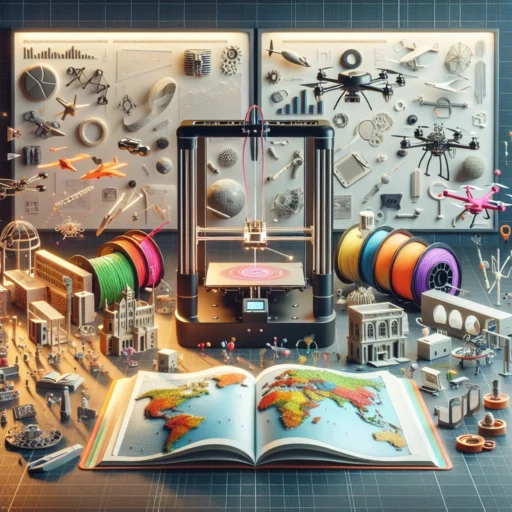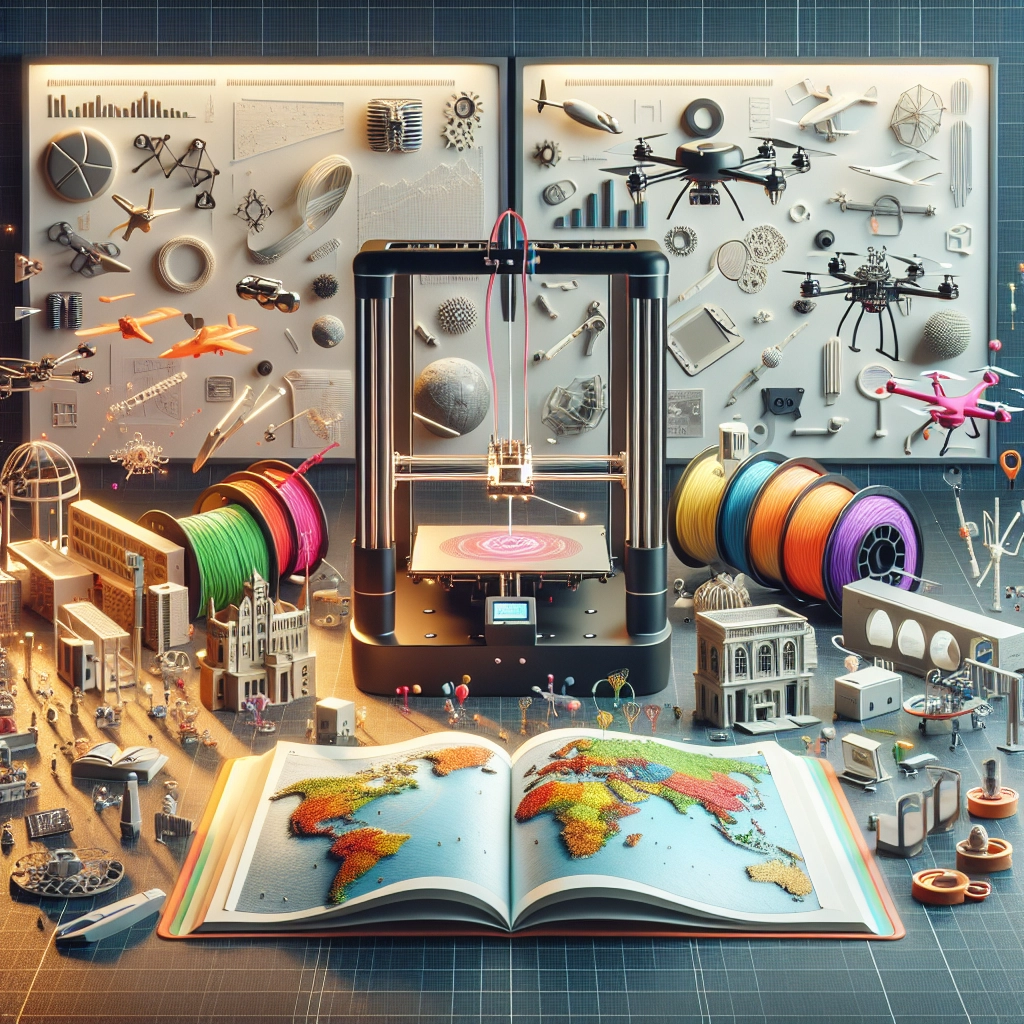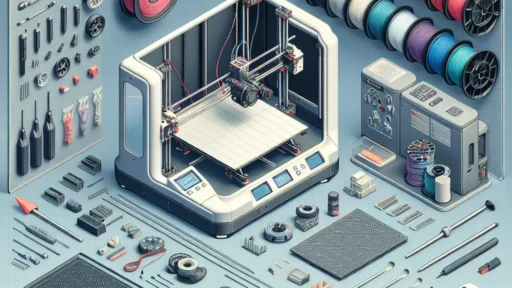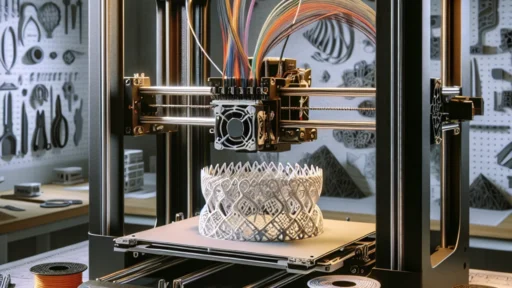The Rise of 3D Printing in Education: Inspiring Future Innovators
In recent years, 3D printing has shifted from a niche hobby to a revolutionary tool in various fields, including education. As classrooms evolve alongside technology, the infusion of 3D printing into the curriculum has sparked a creative renaissance among students, inspiring the innovators of tomorrow. If you haven’t yet explored how 3D printing is transforming the educational landscape, let’s dive in!
A New Way to Learn
Imagine a classroom buzzing with excitement; students are not just reading about concepts from textbooks but are engaged in creating their own models and solutions. 3D printing allows students to bring their ideas to life, making complex subjects like biology, engineering, and even art much more tangible. Instead of visualizing a dinosaur skeleton from a photo, students can print a 3D model, turning abstract concepts into real-world objects.
This hands-on learning fosters a deeper understanding. For instance, by designing and printing a model of a cell, students can see the relationships and functions of different parts. This interactive approach enriches learning experiences by making them memorable—and let’s be honest, a 3D printed project always feels a bit more impressive than just scribbling notes.
Enhancing Creativity and Problem-Solving Skills
3D printing encourages students to think critically and creatively. It invites them to solve real-life problems through design thinking. Whether it’s building a prototype for a science fair project or sculpting a piece of art, students are compelled to enter a design process that includes brainstorming, drafting, failing, and ultimately succeeding.
Consider this scenario: a group of students is tasked with designing a new product to address an environmental issue. They brainstorm, collaborate, and eventually create a prototype of a biodegradable container. By the time they finish their project, not only have they engaged with a pressing global challenge, but they’ve also honed skills in teamwork, communication, and technical design—all essential attributes for future innovators.
Interdisciplinary Learning
One of the extraordinary aspects of 3D printing is its ability to meld various subjects together, promoting interdisciplinary learning. Imagine combining art, math, and science: students can calculate dimensions (math), design beautiful structures (art), and understand the materials they’re using (science) all through one project.
This holistic approach mimics real-world scenarios where disciplines overlap frequently. Architects must have a good grasp of physics, while engineers often need to consider aesthetics in their designs. 3D printing facilitates this cross-collaboration, cultivating versatile thinkers who are well-equipped to tackle challenges from multiple angles.
Accessibility of Resources
Historically, advanced educational tools could be prohibitively expensive or inaccessible for many schools, particularly in underfunded districts. However, the decreasing cost of 3D printers and related resources has made this technology more achievable for a wider range of educational institutions.
Numerous grants and programs now support schools eager to introduce 3D printing into their curricula. Organizations are providing low-cost 3D printers and open-source software, making it easier for educators to implement this technology effectively. As students interact with these tools, they foster digital literacy skill sets necessary for success in an increasingly tech-driven world.
Challenges and Considerations
Of course, with any new technology comes its challenges. Educators may face a learning curve while familiarizing themselves with 3D design software and printer operations. There’s also the matter of ensuring students can operate the equipment safely and effectively, which requires proper training.
Moreover, integrating 3D printing into existing curricula necessitates resources—time, budget, and support from the school administration. However, the potential benefits far outweigh these hurdles. Institutions investing in 3D printing technology today are essentially equipping future generations with tools to innovate, create, and lead.
Shaping Tomorrow’s Innovators
As we navigate a rapidly changing landscape ripe with new technologies, it becomes more important than ever to inspire our students to think critically and innovate boldly. The integration of 3D printing in education is not just about making cool products; it’s about nurturing a mindset of creativity, collaboration, and critical problem-solving.
As we equip our classrooms with this powerful technology, we’re not merely enhancing our educational toolkit; we’re helping shape a future generation of innovators ready to tackle challenges we can’t even yet imagine. Whether they go on to design medical devices, build sustainable communities, or create a new form of art, the foundation laid by 3D printing in education will undoubtedly pave the way for remarkable advancements in the years to come.






